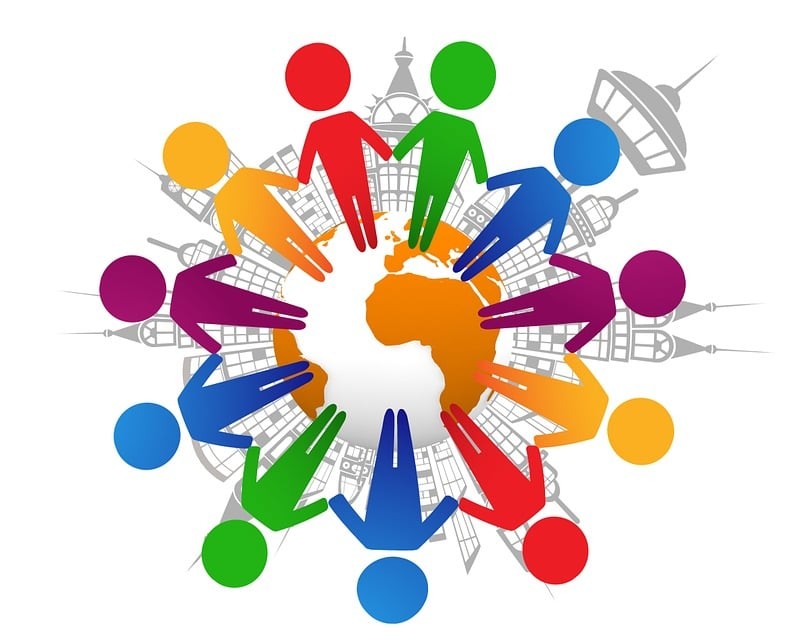The Power of Community in Combating Science Misinformation
The proliferation of science misinformation poses a significant challenge to society, particularly in crucial areas like health and the environment. From false claims linking vaccines to autism to the denial of human-caused climate change, misinformation can lead to confusion and impede progress on critical societal issues. Traditional approaches like presenting counter-arguments based on scientific evidence or preemptively "inoculating" individuals against misinformation have shown limited effectiveness. A growing body of research suggests that a more impactful strategy lies in understanding how information spreads within social networks and communities.
The human brain’s response to information is not always rational. While readily accepting straightforward facts, individuals often reject information that challenges their existing worldviews or social identities. Such information can trigger a stress response, making individuals more likely to double down on their existing beliefs. This is further compounded by the influence of social networks. Humans are social beings, and their beliefs are often shaped by the norms and opinions of their trusted communities. This explains why science skepticism tends to cluster geographically and socially, reinforcing existing beliefs within these echo chambers.
To effectively address misinformation, it’s crucial to leverage the power of social networks. By working with human social nature, rather than against it, we can create pathways for accurate information to gain traction. The success of India’s polio eradication campaign serves as a powerful example. By enlisting trusted community members as vaccine ambassadors, public health agencies were able to address hesitancy, build trust, and ultimately achieve widespread vaccination, even in high-risk regions. These community volunteers listened to parents’ concerns, building rapport through regular visits and demonstrating empathy that external health workers often couldn’t establish. The result was a societal shift, where vaccination became the norm.
The concept of “deep canvassing” offers another effective strategy. Unlike traditional canvassing, deep canvassing involves engaging in meaningful conversations with individuals holding opposing viewpoints. Trained canvassers focus on building personal connections, listening to concerns, sharing personal stories, and finding common ground. This approach reduces the defensiveness often associated with challenging conversations and fosters a more receptive environment for considering alternative perspectives. The success of Neighbors United, an environmental nonprofit in Canada, demonstrates the effectiveness of this approach. Through deep canvassing, they achieved a significant shift in public opinion regarding climate change in a conservative community, leading to the city council’s commitment to transition to renewable energy.
These successful examples underscore the importance of interpersonal communication and trust-building in combating misinformation. Simply presenting facts is insufficient. Meaningful dialogue, active listening, and engaging with communities on a personal level are essential. The case of India’s polio eradication demonstrates the power of local champions, trusted individuals embedded within the community, to change hearts and minds. Similarly, deep canvassing reveals the potential of respectful, empathetic conversations to bridge divides and foster understanding even on highly controversial topics.
The challenge of science misinformation requires a shift from a deficit model of communication, where the focus is solely on filling knowledge gaps, to a more nuanced approach that recognizes the social and emotional dimensions of belief formation. Access points, defined as interpersonal interactions between experts and the public, play a vital role in building trust and credibility. When scientists and experts engage directly with communities, listen to concerns, and demonstrate empathy, they can build rapport and create a space for productive dialogue. While social networks can be vectors for misinformation, they also represent powerful tools for disseminating accurate information and fostering informed decision-making.
By embracing the power of community, we can transform social networks from echo chambers of misinformation into vibrant spaces for dialogue, learning, and positive change. The key lies in fostering trust, building relationships, and engaging in respectful conversations that acknowledge the complexity of individual beliefs and the powerful influence of social context. This approach requires a commitment to community engagement, empathy, and a willingness to listen and learn from those we seek to persuade. The results, as demonstrated by the eradication of polio in India and the shift in public opinion on climate change in Trail, Canada, can be transformative.


